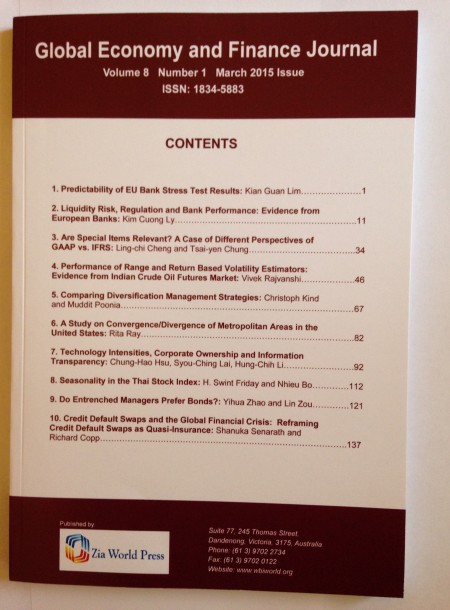Predictability of EU Bank Stress Test Results
Predictability of EU Bank Stress Test Results
Since the global financial crisis of 2008 and the European sovereign debt crisis of 2009, the banking system in EU and in the Eurozone in particular has been under-performing and weak. The EU bank stress tests were conducted for capital adequacies and to avoid systemic risks. The first test results indicated that of over 120 banks, seven banks failed the stress tests. Spain, with 27 tested banks, made up the biggest portion of the test banks. In this paper we examine using nonlinear LOGIT and PROBIT regression models, the predictability of stress test failures on the sample of Spanish banks, and identify the principal risk factors to watch out for. We find that size, returns performance, and to some extent deposit base are significantly more important than other measures that may be small such as non-interest incomes and other measures that could be fungible such as altering debt durations without materially improve asset qualities or reducing liability servicing capacities. Predictability would enable advance warning and more time for such banks to repair and shape up.JEL Codes: G210 and G2

